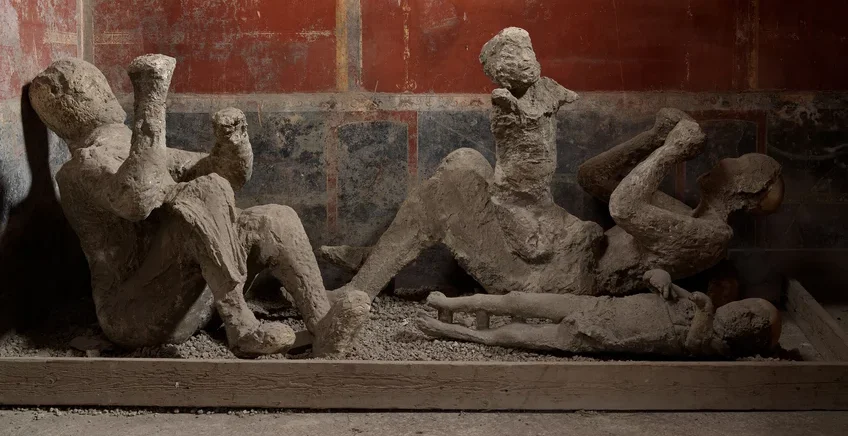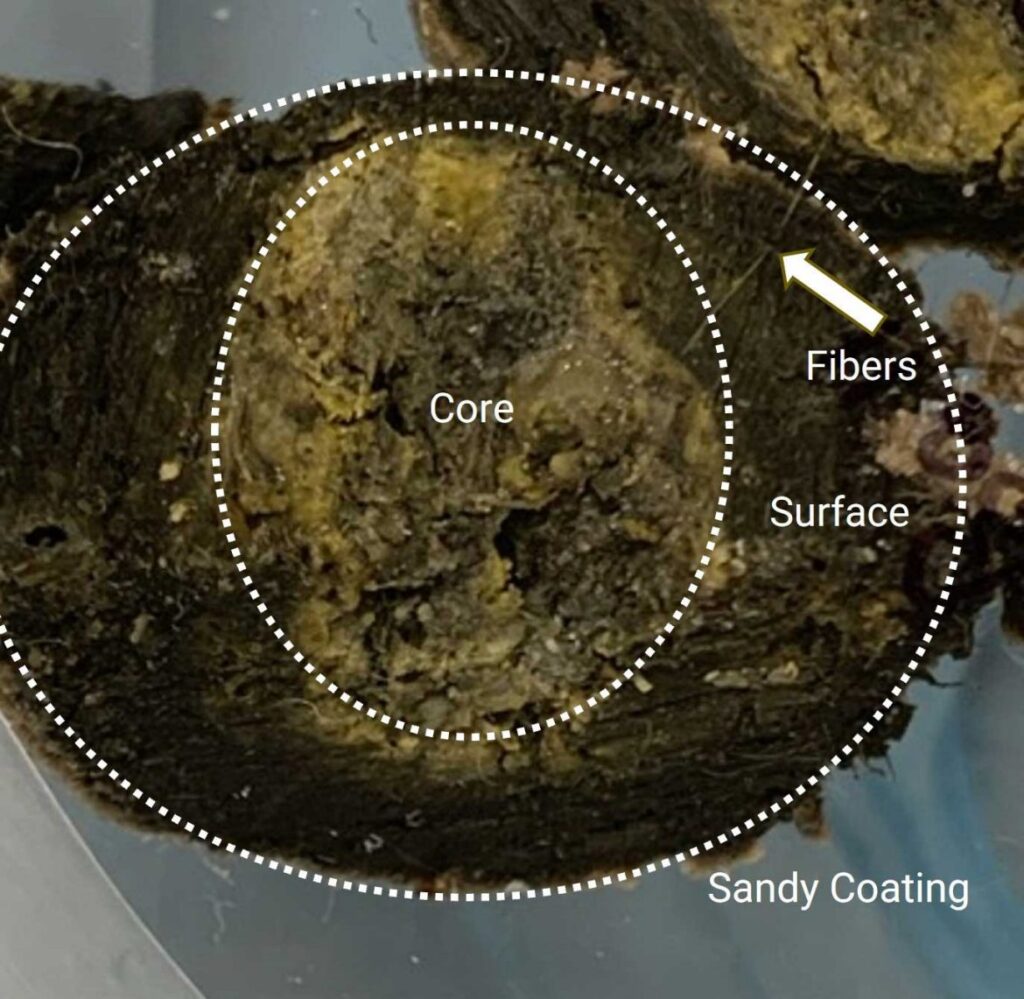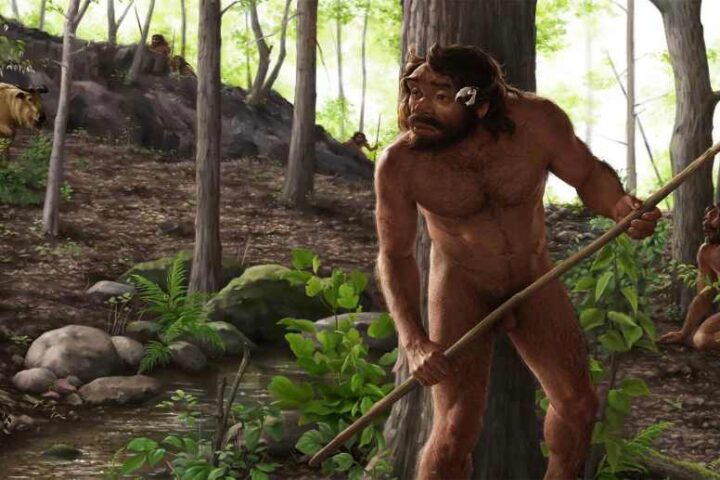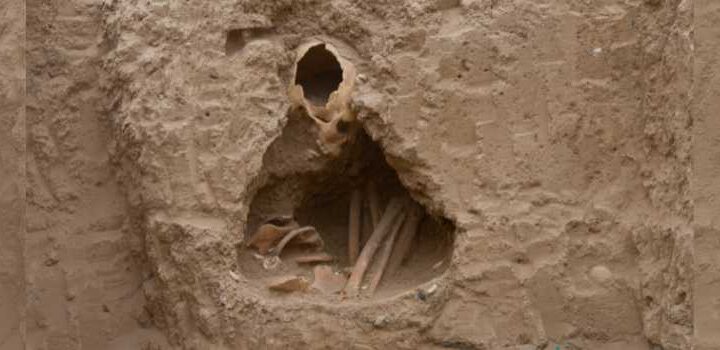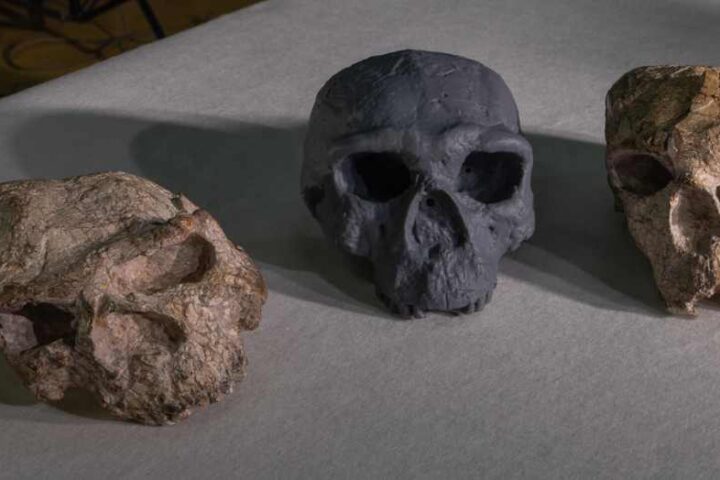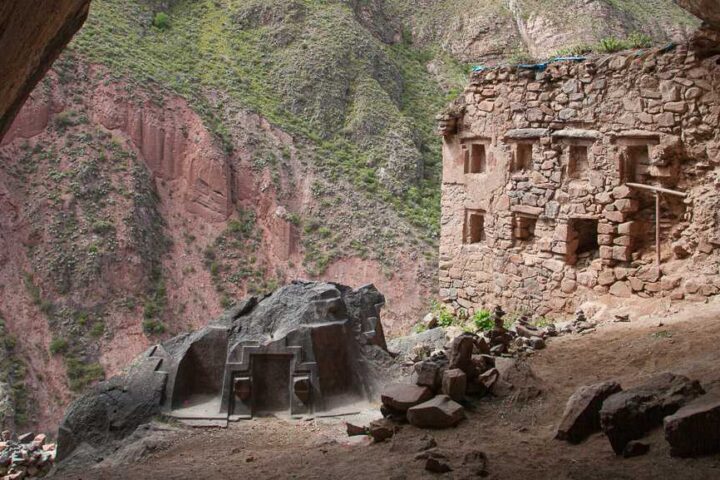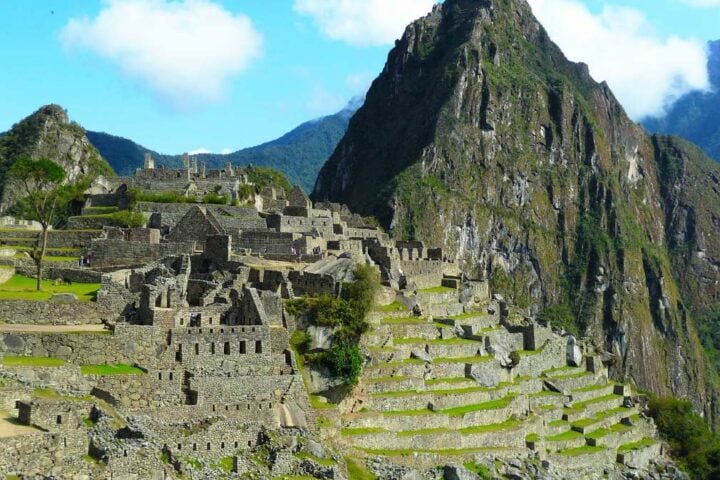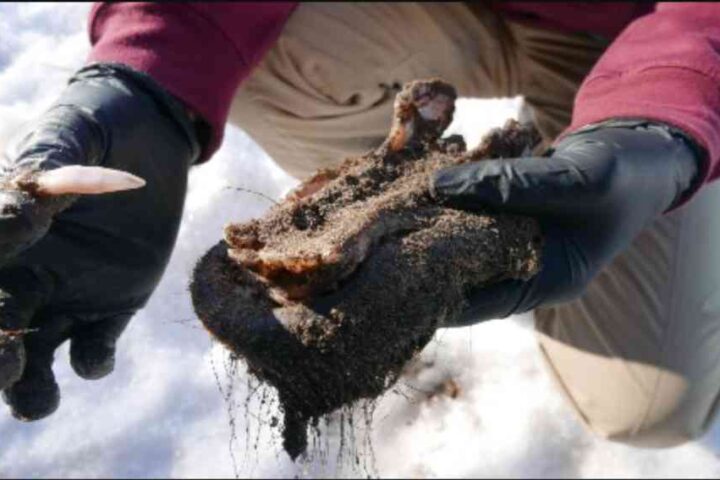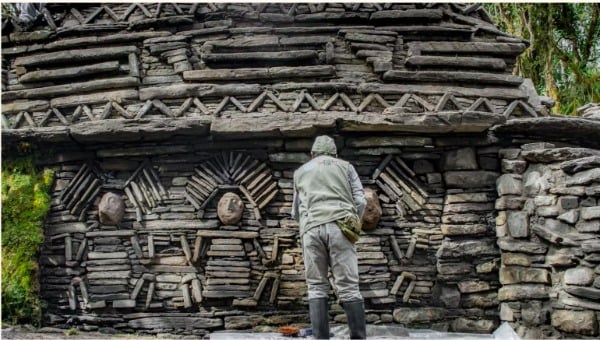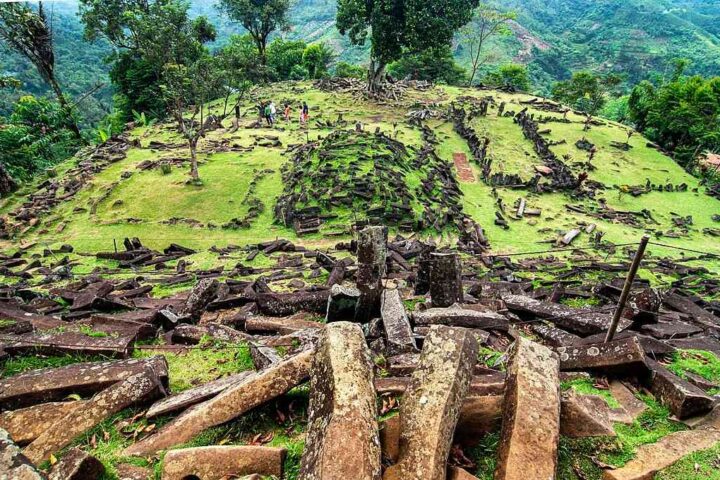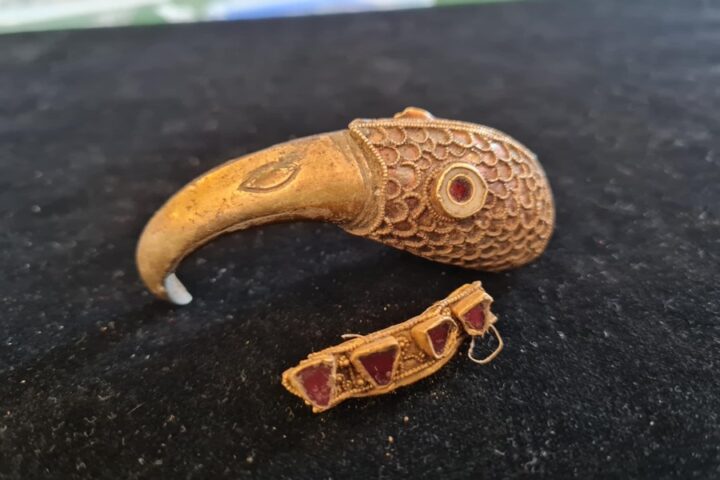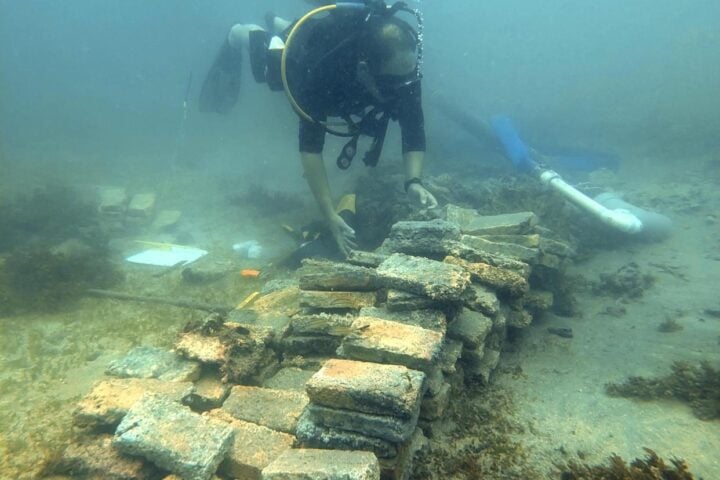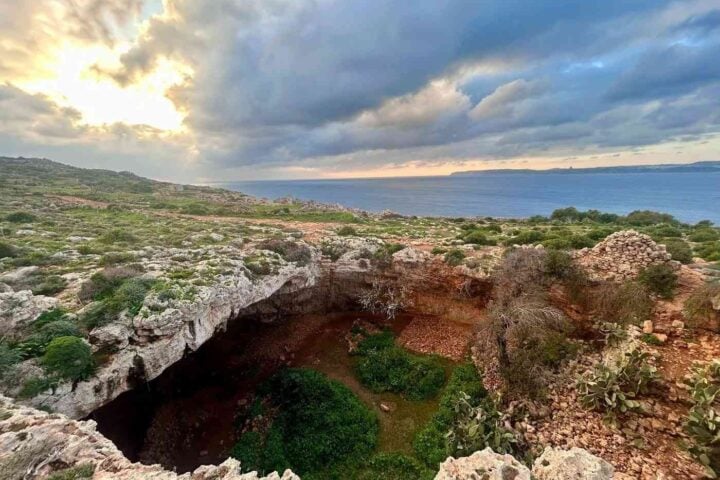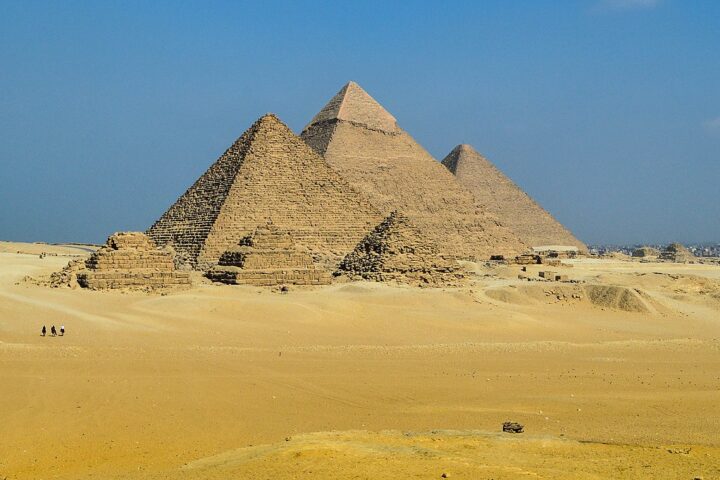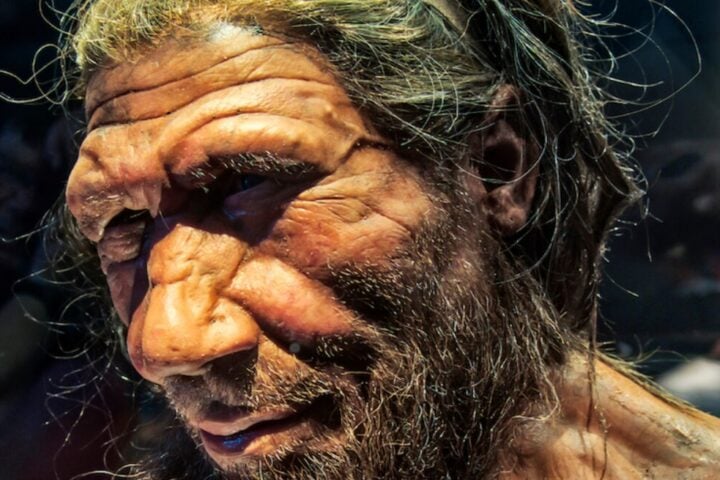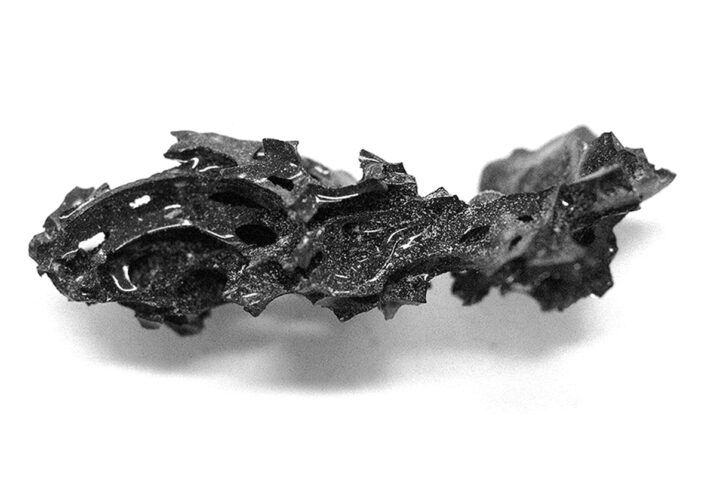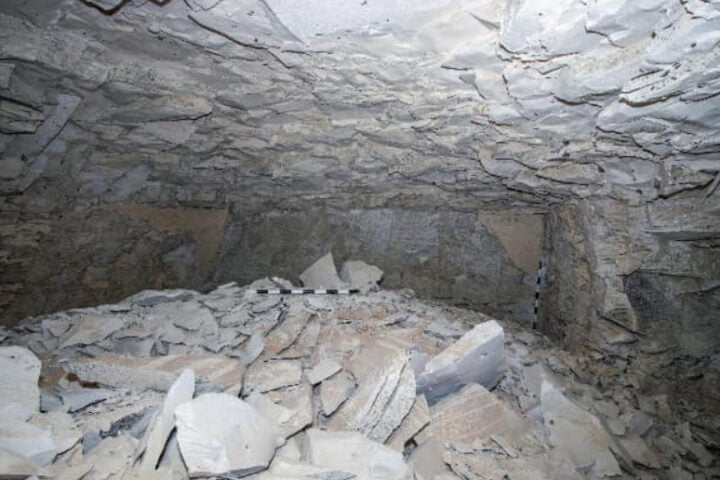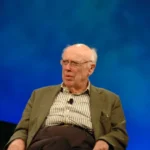There is always curiosity about disasters. Floods, famines and earthquakes cause a lot of misery among the survivors. Volcanoes are another natural phenomenon which attracts the attention of scholars.
Researchers from the University of Florence, Harvard University and the Max Plank Institute for Evolutionary Anthropology in Leipzig have used ancient DNA to challenge long-held interpretations of the people of Pompeii, a symbol of Roman civilisation. The DNA analysis revealed surprising differences in both gender and familial ties, overturning the narrative established in 1748. This new genetic data has reshaped our understanding of the ancient population.The findings are contrary to physical appearances. The cosmopolitan nature of the Roman Empire was underlined by the genetic data. It showed that Pompeians were mainly descended from immigrants from the eastern Mediterranean.
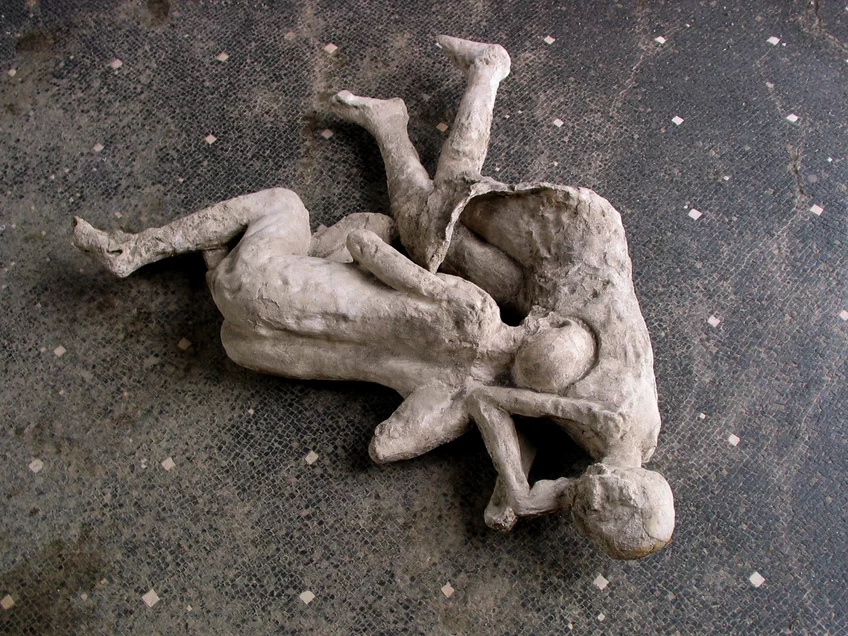
The Roman city of Pompeii was buried by eruptions of Mount Vesuvius in 79AD. A thick layer of small stones and ash known as lapilli covered the inhabitants of that glorious city. Many Pompeians lost their lives as their homes were destroyed from the weight of lapilli rained down from many kilometers above. The survivors succumbed to the dangerous pyroclastic flows. Their bodies were enveloped by the fast-moving stream of hot gas and volcanic matter. The eruption also effectively preserved their bodies, including their features.
The research team extracted DNA from the heavily fragmented skeletal remains embedded in 14 of the 86 famous casts made since the 1800s. Genetic relationships, sex identity and ancestry were determined by this extraction. The findings largely contradicted previous assumptions based solely on physical appearance and the positions of the casts. It was an interesting fact.
Similar Posts
“This research shows how genetic analysis can significantly add to the stories constructed from archaeological data“, says Professor David Caramelli, from the Department of Anthropology at the University of Florence. “The findings challenge enduring notions such as the association of jewelry with femininity or the interpretation of physical proximity as evidence of familial relationships.” According to Caramelli, the genetic evidence adds a layer of complexity to simple kinship narratives.
For example, in the house of the Golden Bracelet, the only site where genetic information from multiple individuals, the four people traditionally thought to be the Rao parents and their children actually have no genetic ties to each other. David Reich from Harvard University pointed out that the scientific data does not always align with conventional assumptions. He highlighted an example where an adult wearing a golden bracelet, traditionally interpreted as a mother, was found holding a child. Contrary to what was previously assumed, this was not a mother-child relationship. Similarly, two individuals once thought to be sisters or a mother and daughter were found to include at least one male genetically. These discoveries challenge the traditional ideas about gender and familial ties based solely on physical appearance.
The finding about the ancestry of the Pompeians, who were recent immigrants from the Mediterranean, highlights the cosmopolitan nature of the Roman Empire. Alissa Mittnik of the Max Planck Institute for Evolutionary Anthropology stated that the research findings have important consequences for interpreting archaeological data and understanding ancient societies. She emphasized the need to integrate genetic data with archaeological and historical contexts to prevent misinterpretations based on modern assumptions. Mittnik also highlighted how the study sheds light on Pompeii’s diverse and cosmopolitan population, reflecting broader trends of cultural exchange and mobility within the Roman Empire.
Gabriel Zuchtriegel, the Director of Pompeii Park, shared that the park has been incorporating ancient DNA analysis into its research protocols for several years, extending its focus not only to human victims but also to animals. He highlighted that the park oversees a variety of research initiatives through its dedicated laboratory, including isotopic analysis, diagnostics, geology, volcanology, and especially reverse engineering. Zuchtriegel emphasized that all these elements together contribute to a more comprehensive and updated interpretation of the archaeological findings. These efforts, he noted, are transforming Pompeii into a hub for developing new methods, resources, and scientific comparisons. He concluded that this study signifies a shift in perspective, with the site playing a pivotal role in advancing both archaeology and research.
